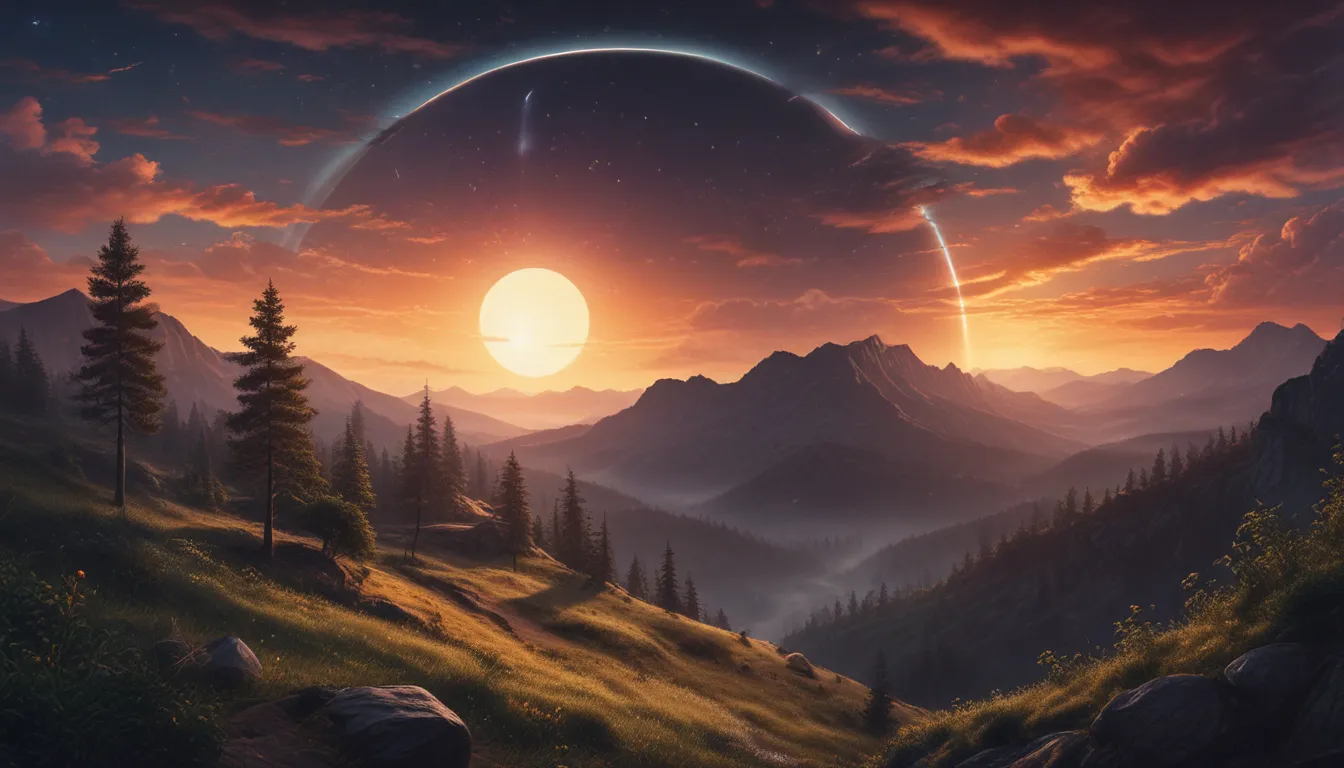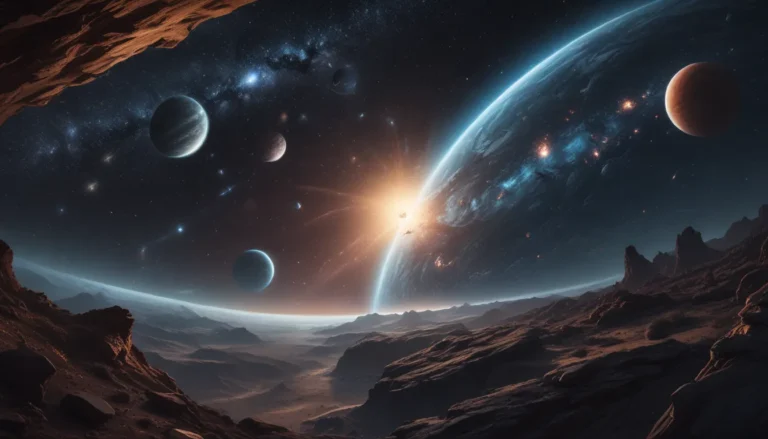The pictures we use in our articles might not show exactly what the words say. We choose these pictures to make you interested in reading more. The pictures work together with the words but don’t take their place. The words still tell you the important facts.
Eclipses are a captivating natural occurrence that never fails to mesmerize us. From solar to lunar eclipses, these cosmic events offer a glimpse into the fascinating interplay between the Sun, the Earth, and the Moon. Delve deeper into the realm of eclipses with this comprehensive guide filled with intriguing facts and invaluable insights.
Unveiling the Wonders of Eclipses
Quick Facts
- There are at least 2 solar eclipses per year on our planet.
- Every one and a half years, a total eclipse takes place.
- The longest duration for a total solar eclipse is 7 minutes and 30 seconds.
- The North Pole and South Pole witness only partial solar eclipses.
Essential Facts
- A solar eclipse occurs when the Sun, the Earth, and the Moon align.
- Eclipse shadow moves at 1,770 kilometers per hour at the equator.
- Wild animals get confused during a total eclipse, preparing for sleep.
- The temperature drops up to 20 degrees during a total eclipse.
- One can see a lunar eclipse from any location on our planet.
Interesting Facts
- The shadow bands are wavy lines that appear before or after a total solar eclipse.
- During the 2017 Great American Eclipse, 48 US states witnessed a solar eclipse.
- Eclipses on Mars are common, although only partial solar eclipses are feasible.
- Uranus, Saturn, Neptune, and Jupiter often experience eclipses due to their many moons.
- In ancient China, the first astronomical recordings of solar eclipses were etched on "oracle bones."
Decoding Various Types of Eclipses
The Saros Period: Illuminating the Path to the Future
The saros period, lasting about 18 years, enables astronomers to predict lunar and solar eclipses accurately. Every 18 years, the moon, Earth, and Sun align in a similar way, leading to a recurrence of eclipses with striking resemblance.
The Total Solar Eclipse: A Celestial Spectacle
A total solar eclipse occurs when the Moon completely obstructs the solar disk, creating an awe-inspiring moment akin to nightfall. This rare event allows viewers to gaze directly at the Sun safely, offering a unique celestial experience.
The Annular Solar Eclipse: A Ring of Radiance
During an annular solar eclipse, the Moon is further from its usual orbit, resulting in a ring-like appearance as it fails to cover the entire solar disk. Observers must exercise caution and avoid direct eye contact with the Sun during this spectacle.
The Partial Solar Eclipse: A Partial Glimpse
In a partial solar eclipse, the Moon covers only a portion of the solar disk, prompting viewers to exercise care to prevent eye damage or blindness from prolonged exposure to the Sun's rays.
The Hybrid Solar Eclipse: An Enigmatic Rarity
The hybrid eclipse, a rare phenomenon, changes its appearance as the Moon's shadow traverses the Earth's surface. Observers in different locations may witness varying eclipse types, including total, annular, or partial solar ecliptic configurations.
Safely Observing Eclipses: A Prudent Approach
Observing a solar eclipse requires special precautions to protect your eyes and ensure a memorable viewing experience. Utilize solar filter telescopes or commercial eclipse glasses to safeguard your vision and enhance the clarity of the celestial event.
Key Eclipse Facts Infographics
- Eclipse come from the Greek word "ekleipsis," signifying darkness or abandonment.
- In the distant future, the Earth may no longer witness total solar eclipses due to celestial dynamics.
- China's ancient astronomical records of solar eclipses on oracle bones date back to around 1050 B.C.
- Sir Arthur Eddington's expedition confirmed Albert Einstein's theory of relativity during a solar eclipse observation.
- Christopher Columbus used his knowledge of a solar eclipse to negotiate with natives, securing aid for his crew's survival.
Embracing the Mystique of Eclipses
Eclipses are celestial phenomena that continue to captivate humanity with their mystique and grandeur. As you immerse yourself in the enchanting world of eclipses, may these facts kindle a newfound appreciation for the wonders of the cosmos. Explore, observe, and marvel at the dance of the Sun, Moon, and Earth during these rare cosmic rendezvous.
Concluding Thoughts
Our dedication to delivering informative and engaging content remains steadfast, ensuring that each fact shared enriches your understanding of the world around you. By exploring the realm of eclipses together, we embark on a transformative journey of discovery and enlightenment. Trust in the authenticity and reliability of our curated facts as we traverse the vast expanse of cosmic wonders.






